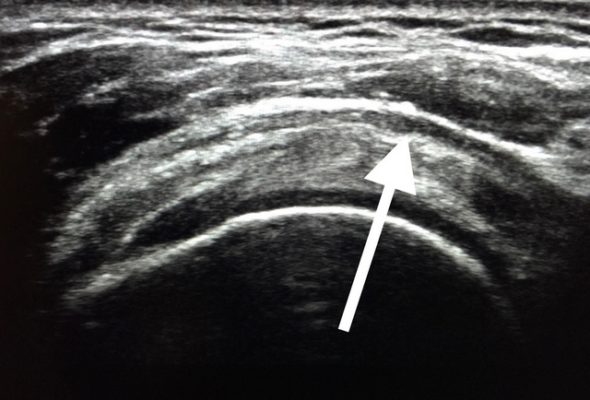Pain is a real pain
I often get asked by patients, 'why am I in pain?'
Its a natural question, but the real answer might not be what the person was expecting!
As with most things they are many personal opinions and lots of research which can be interpreted in different ways.
I like the first part of the answer to refresh a basic understanding that changes in mechanical forces, temperature and chemistry can all generate a pain response. In summation, you can hit yourself, burn yourself and become poisoned. All these things really do hurt.
With muscle and bone pain, temperature is not really an issue, so most people have pain due to abnormal mechanical stress and strain and chemical changes such as inflammation.
To be more specific, a persons posture or movement pattern can elicit a mechanical strain on any joint, which if repeated for a long time, or performed with force or at speed, will result in the body tissues initiating a warning.
Mechanical
The video shows the difference in lifting techniques whilst getting the same job done.
The top video will only ever result in back pain. Notice how the spine is flexed and there is no use of leg muscles to make the lift.
It might takes years before this movement generates a warning stimulus, but the pain will come because the movement is wrong.
Inflammation
Chemical changes such as inflammation will also initiate a pain response. The next picture shows an inflamed bursa within the shoulder. The inflammatory process makes the tissue bigger, which can cause further problems as the tissue can then become mechanically squashed.
This situation is a 'chicken and egg' scenario. The mechanical compression causes the bursa to become irritated and inflamed, the inflamed bursa is bigger and therefore gets squashed.

So what is the answer?
The answer exists in a tissue based diagnosis.
What tissues are mechanically strained and which tissues are chemically inflamed.
You may experience pain because your shoulder movement is wrong resulting in an inflamed bursa. Or you may have joint irritation due to long term postural dysfunction and/or factors of ageing.
Sometimes 'pain' is more chemical than mechanical, as is the case with Gout.
In any situation, pain is a warning and the diagnosis is the determination of what tissues are mechanically strained or damaged and what tissues are inflamed.
A description of pain is not a diagnosis!
A description of pain will not determine what is strained and what is inflamed.
To determine a true diagnosis it requires observation, examination and investigation.
At the Injection Clinic we perform all three in one appointment for a set fee of £75.
If significant chemical changes are identified we can also administered medication. Price for a guided cortico-steroid injection is £75.
One visit: job done. Don't let your pain take over. Find out what is wrong and address the mechanical and chemical factors.
Please note this post, like all brief explanations only covers the basics for pain arising from muscle, bone, tendon and ligament structures. There are many other factors that influence the experience of pain and much research has been done on the emotional components of pain and the sensitisation of the pain mechanism.
For more information and links to educational videos please visit 'understanding pain' on the QuickPhys website.
